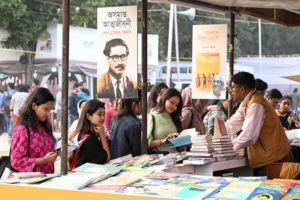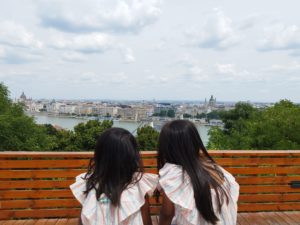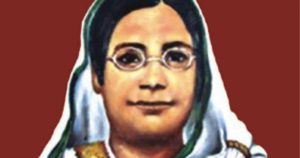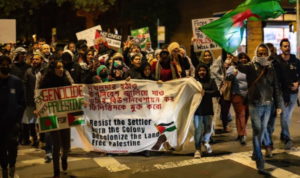Mymensingh

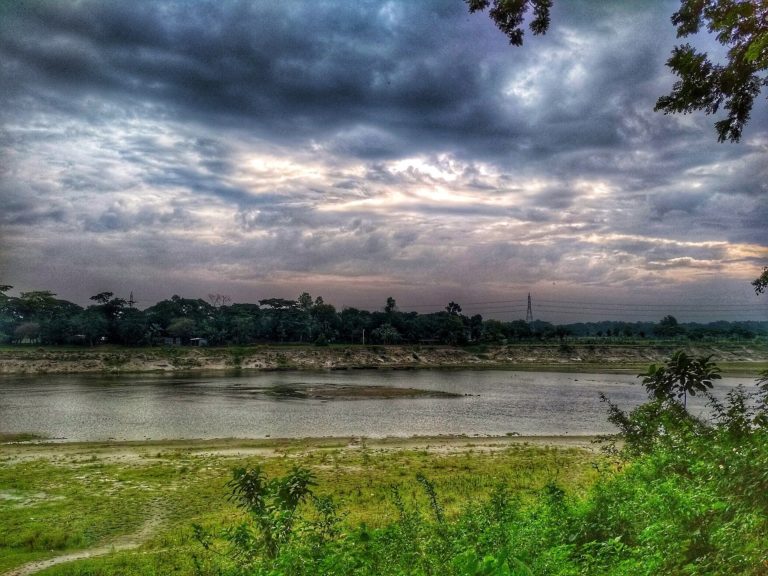
Formerly called Nasirabad (after Nasiruddin Nasrat Shah), Mymensingh the capital of the Mymensingh Division. The north-central city is located on the Brahmaputra River, about 120 km north of Dhaka.
The city is a major financial center and the educational district of north-central Bangladesh and considered the 4th largest city of Bangladesh. Borders the Himalayan state of India, Gazipur District, Tangail District, Jamalpur District, Netrokona District, and Kishoreganj District.
The city attracts 25% of health tourists visiting Bangladesh. Mymensingh elevation is over 19m above sea level, making it one of the highest of Bangladesh’s major cities.
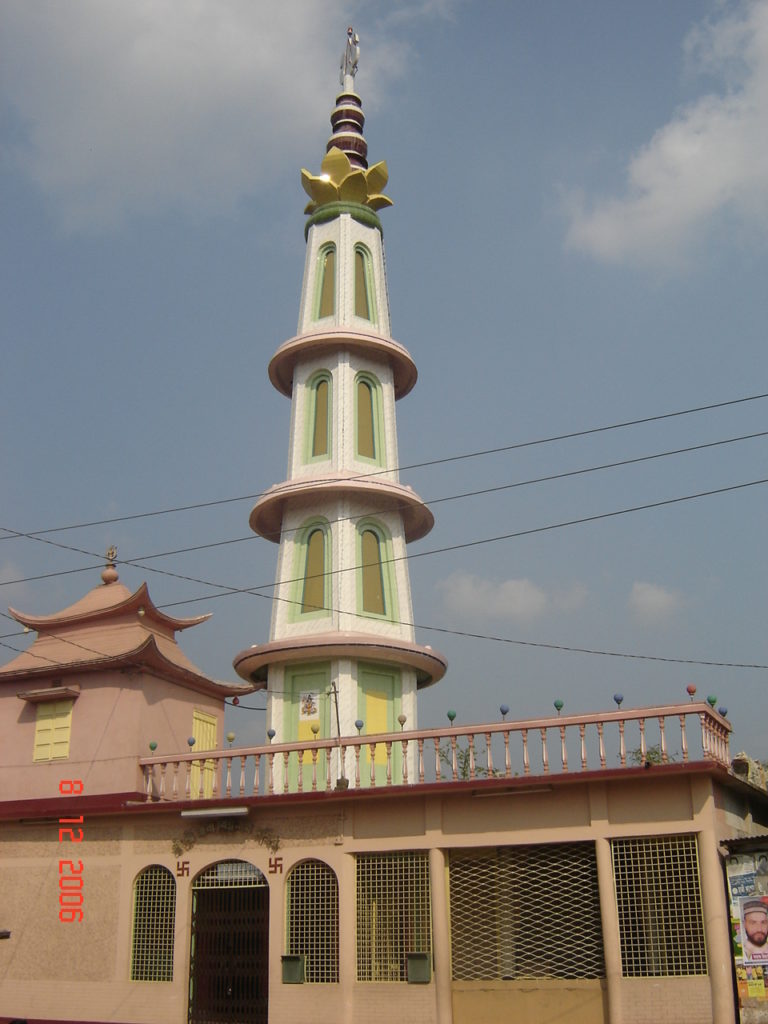
Mymensingh is the anglicized pronunciation of the original name Momenshahi. Historically the city’s known for its jute production and glass-bangle manufacture.
Mymensingh was hugely popular, however, due to the high demand for polythene bags and other economic reasons, the jute industry declined.
Government employees make up a large percentage of the city’s workforce, but has a lot of labor workforce as well, who primarily earn their livelihood as rickshaw pullers, taxi drivers, mechanics, and other professions.
The family structure is patriarchal in which daughters cannot claim any share of her paternal property but only male children can, unless there is no male family.

Agriculture is the most important sector contributing to the GDP, followed by the growing service sector.
The city has a significant number of Muslims, Hindus, and Christians which all types of religious festivals are celebrated throughout the city. During Durga Puja,
the city is decorated with lights, gates, and flowers.
Christians mainly live in the area called “Vati-Kashore” in Mymensingh.
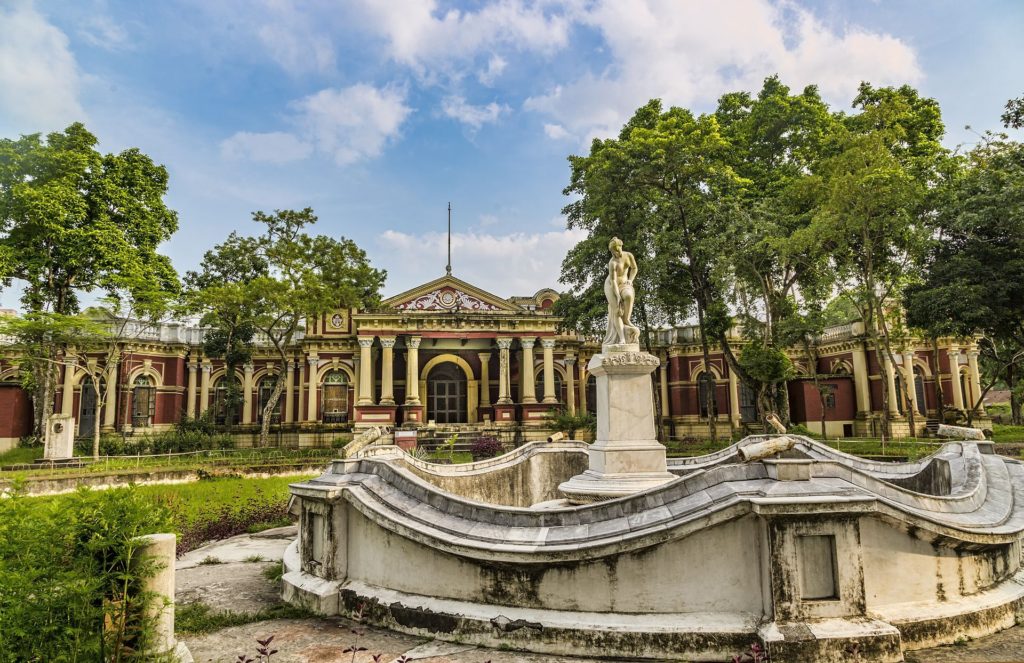
Notable places of worship are the Anjuman Eid-gah Maidan, Durga Bari Temple, Ramakrishna Math and Mission, St. Patrick’s Cathedral Church, and Mymensingh Baptist Church. Some notable buildings include Mymensingh Museum, the Alexander Castle/Soshi Lodge, the Zainul Abedin Museum which holds the paintings of Zainul Abedin.
Notable figures include Bengali scientist Sir Jagadish Chandra Bose, Zainul Abedin, Bengali writer Humayun Ahmed, Bollywood actress Rani Mukherjee’s family who hails from the district, and Taslima Nasreen the feminist writer and critic of Islam.

Mymensingh is one of the 16 old districts of BD which was constituted by the British East India Company on May 1, 1787. Begunbari was first chosen as the headquarters of the district, but it was later relocated to Mymensingh when Begunbari was devastated by a flash flood.
During the British Raj, most of the inhabitants living in the area were Hindu, but during the British rule, Mymensingh was ruled by the Banik Zamindars. Then during the early 20th century, many Muslims moved in.

The city played an important role in secularism and religious unity. Even back then, many Bengali women attended schools and colleges, which includes the first woman justice of the High Court, Justice Nazmun Ara Sultana.
However, there was a mass exodus of Hindus during the partition of India in 1947, and a second exodus during 1965, in which many moved to West Bengal.
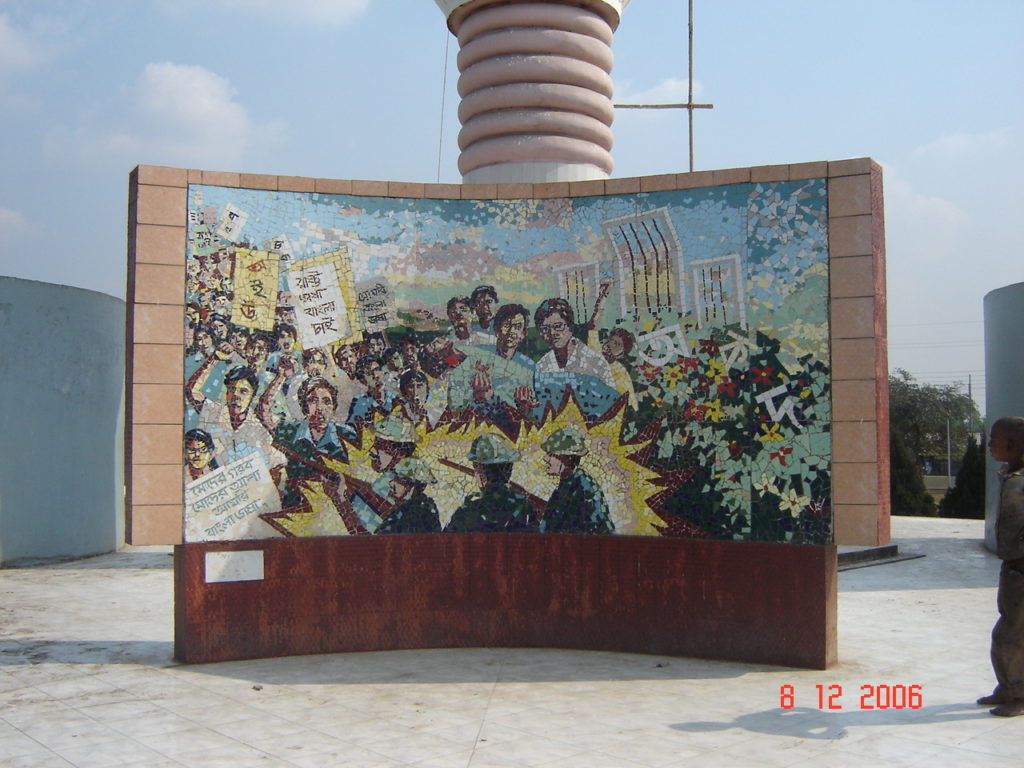
During the Liberation War, Mymensingh remained free from the occupation army until April 23, 1971, which the Pakistani forces later deserted on December 10. The Mukti Bahini took over just five days after.
Today, Mymensingh is considered a major city.
Read More
The Legacy of Boi Mela
Every year in February, the month-long national book fair welcomes...
Read MoreMillennial Amma: How to Explain a Global Crisis As a Parent
Rumki Chowdhury shares tips for how to talk to children...
Read MoreBegum Rokeya’s Millennials
A tribute to a pioneering Bengali feminist writer, educator and...
Read More